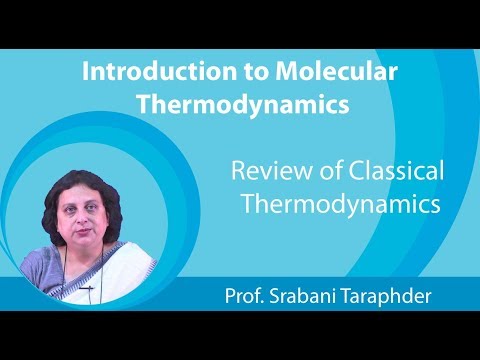Description:
This course is designed to use fundamental concepts of statistical mechanics in simple real-world problems. Starting from simple molecular models of systems like solids, liquids and gases, the students would learn how to obtain their thermodynamic properties that are usually measured in experiments.

Introduction to Molecular Thermodynamics
Add to list